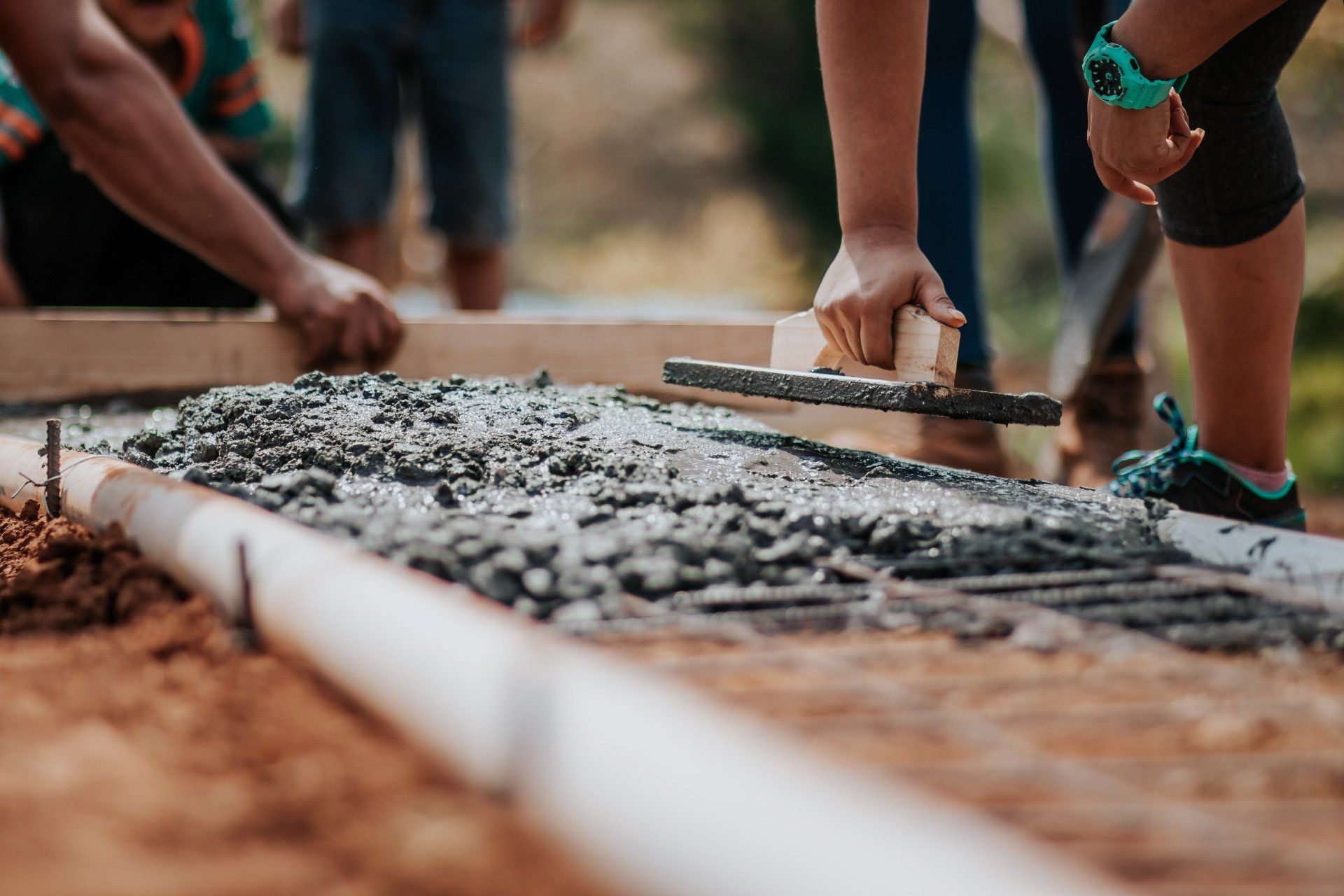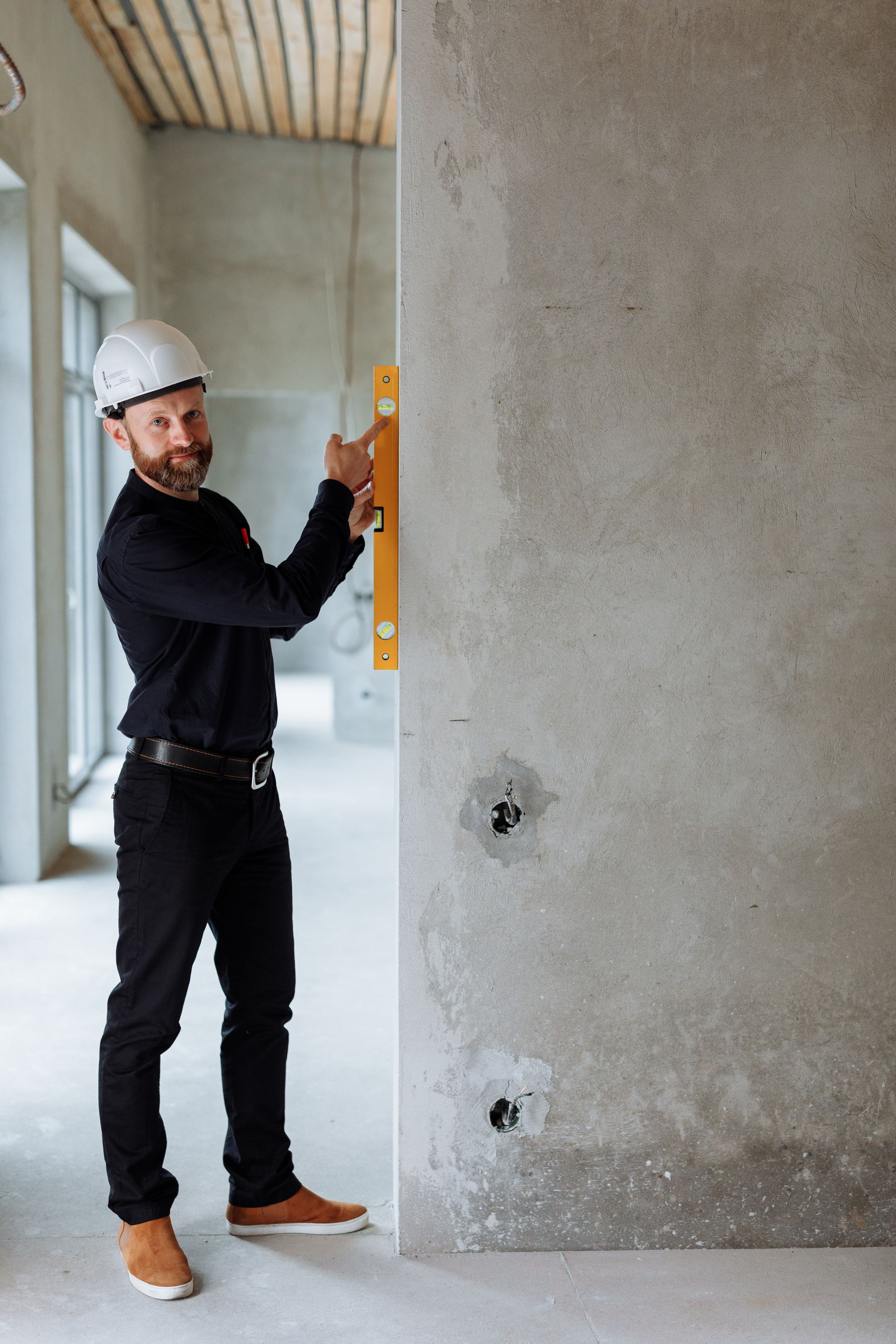Cracks, Holes, and Stories: Mastering the Art of Wall Restoration
Your Comprehensive Guide to Fixing Walls - From Handyman Tips in Pittsburgh to Drywall Repair Costs and Techniques
Walls tell the stories of our homes through the years—every picture hung, every piece of furniture that nicked a corner, and, unfortunately, every crack and hole that has formed over time. Whether it's the natural settling of a house, an accidental impact, or wear and tear, wall damages are a common issue homeowners face. This guide delves into the world of wall repair, covering everything from handyman tips in Pittsburgh to understanding drywall repair costs, ensuring your walls can continue to tell your home's story without blemish.

Understanding Wall Damages
Wall damages can range from small cracks and holes to large gaping spaces that require significant repair. The most common issues include:
- Drywall cracks: These can be caused by settling, moisture, or improper installation.
- Holes: Often the result of accidents or the removal of fixtures and nails.
- Plaster cracks: Similar to drywall cracks but found in older homes with plaster walls.
Identifying the type of damage is the first step in the repair process, as it determines the repair method.
DIY vs. Professional Repairs
For minor damages, such as small drywall cracks or holes, many homeowners opt for DIY repairs. However, for larger or more complex issues, hiring professional drywall repair contractors is advisable to ensure the repair is done correctly and safely.
Repairing Drywall Cracks and Holes
- Drywall Repair: This involves using a joint compound (also known as mud) to fill in cracks or holes. After applying the compound, it must be allowed to dry fully before sanding it smooth.
- Drywall Patch: For holes larger than a few inches, a drywall patch may be necessary. This involves cutting a piece of drywall to fit the hole, securing it in place, and then applying joint compound around the edges to blend it into the existing wall.
- Plaster Crack Repair: Similar to drywall repair but may require a different type of filler designed for plaster.
- Replacing Drywall: In cases where the damage is too extensive, replacing sections of drywall may be the only solution.
Tips from Handyman Pittsburgh
- Assess the damage thoroughly before starting your repair to choose the best method.
- Use the right tools—a good quality joint compound, drywall tape, sandpaper, and paint can make a significant difference in the quality of the repair.
- Patience is key; allow plenty of time for the repair to dry before sanding or painting.
Understanding Drywall Repair Cost
The cost of drywall repair can vary widely depending on the extent of the damage, the cost of materials, and whether you opt for DIY or professional repair. Simple fixes can be relatively inexpensive, while larger repairs or hiring professionals will cost more.
Hiring Drywall Repair Contractors
When choosing a contractor, it's essential to:
- Get multiple quotes to ensure you're getting a fair price.
- Check references and reviews to verify their reliability and quality of work.
- Ensure they are insured to protect against any potential damage during the repair process.
Patching Holes in Drywall: A Step-by-Step Guide
- Prepare the Area: Clean and clear any debris from the hole.
- Cut a Patch: Measure and cut a piece of drywall slightly larger than the hole.
- Secure the Patch: Place the patch over the hole and secure it with drywall tape or a supporting piece of wood behind the drywall.
- Apply Joint Compound: Cover the patch and surrounding area with joint compound, feathering the edges to blend.
- Sand and Paint: Once dry, sand the area smooth and apply paint to match the rest of the wall.
Preventing Future Wall Damage
Handle walls gently to avoid accidental impacts.
Monitor humidity levels in your home to prevent moisture-related cracks.
Regularly inspect walls for early signs of damage and address them promptly.
Conclusion
Wall repair, whether it's fixing cracks, patching holes, or dealing with more significant damages, is an essential part of home maintenance. By understanding the types of damages, repair techniques, and costs involved, homeowners can make informed decisions about tackling repairs themselves or hiring professionals. Remember, a well-maintained wall not only enhances the aesthetic appeal of your home but also contributes to its overall integrity and value. With the right approach, your walls will continue to tell the story of your home for many years to come.




